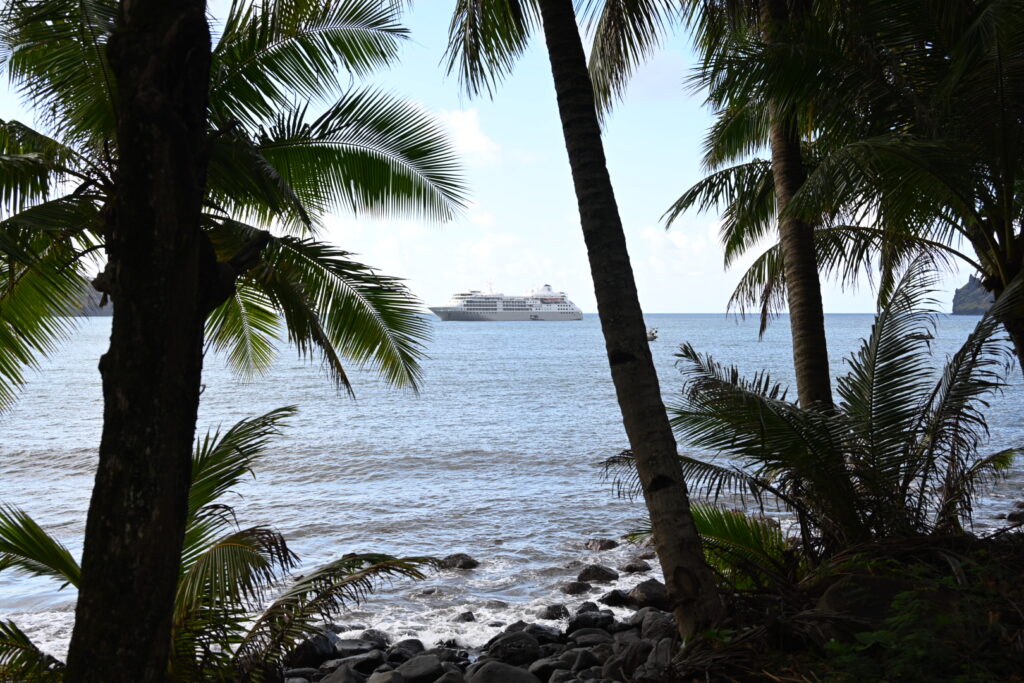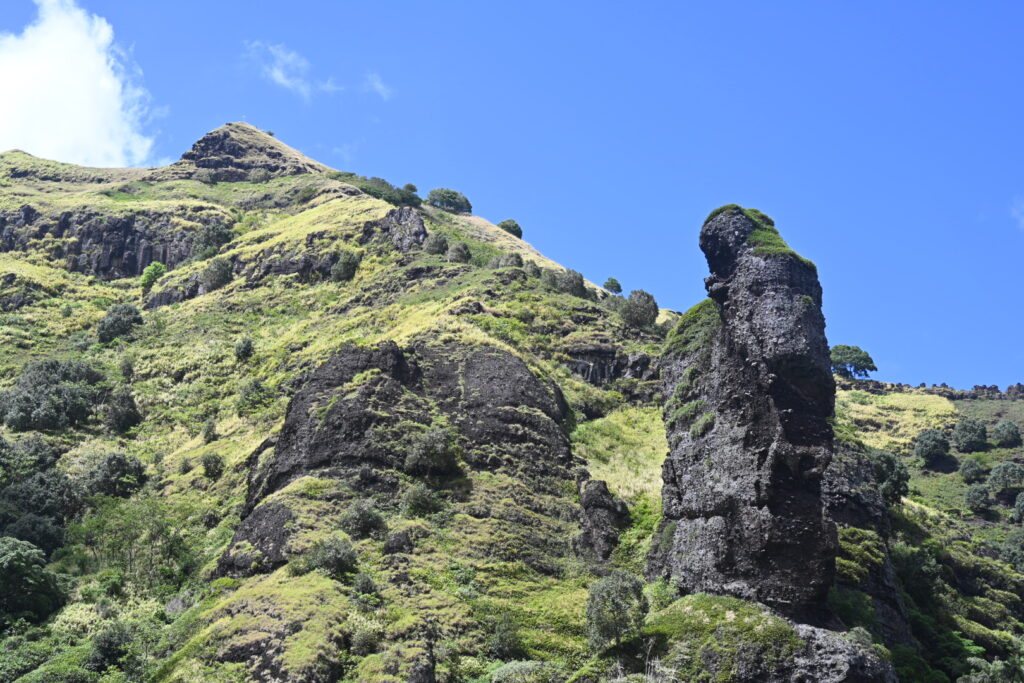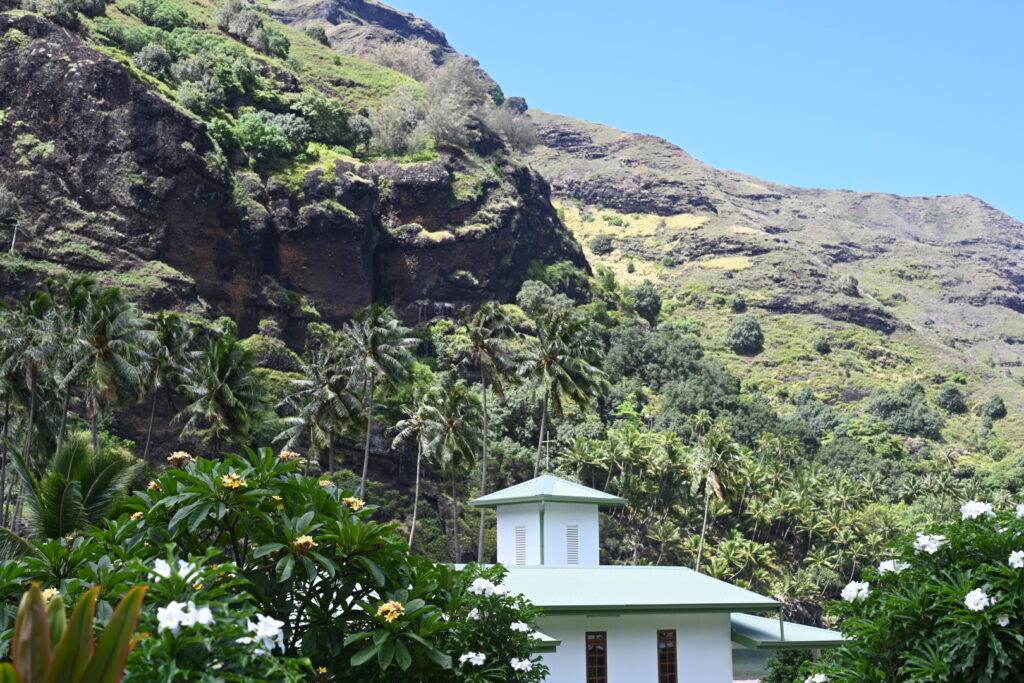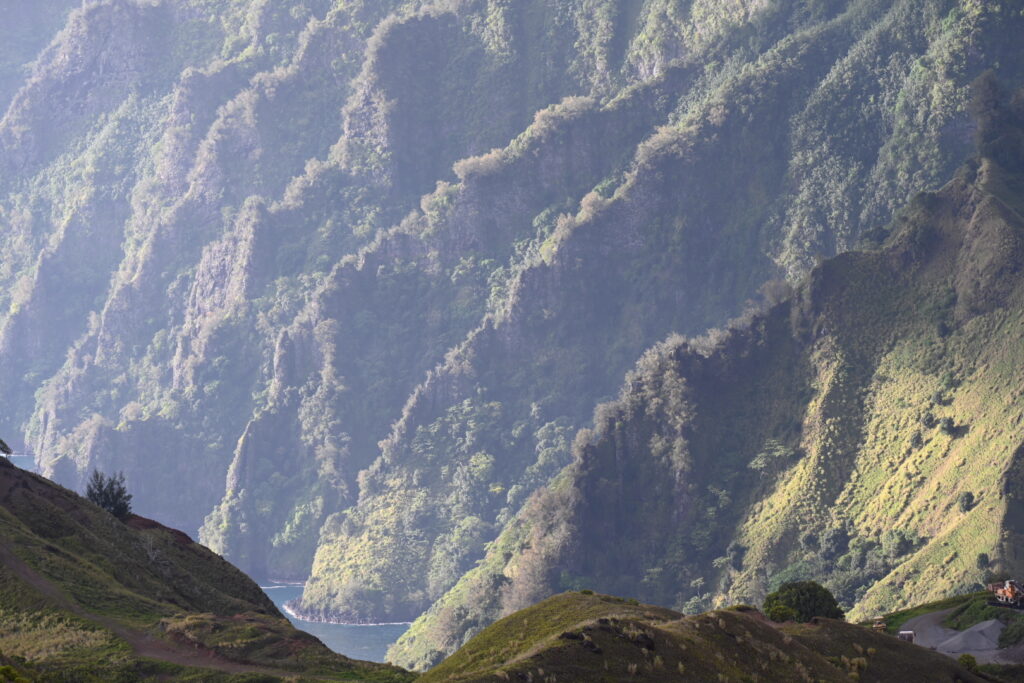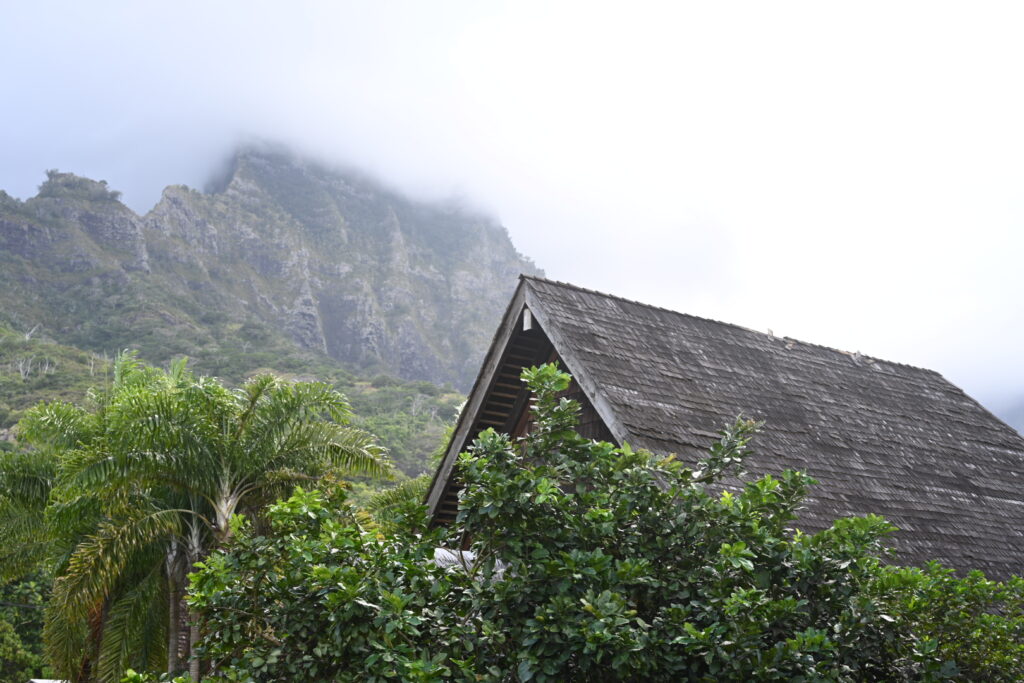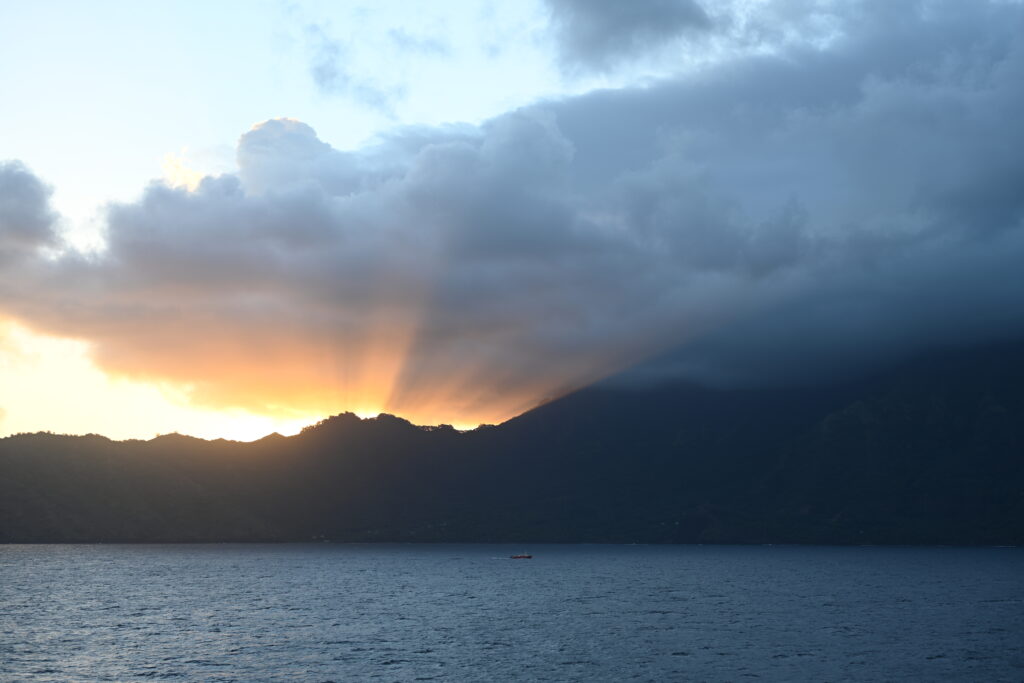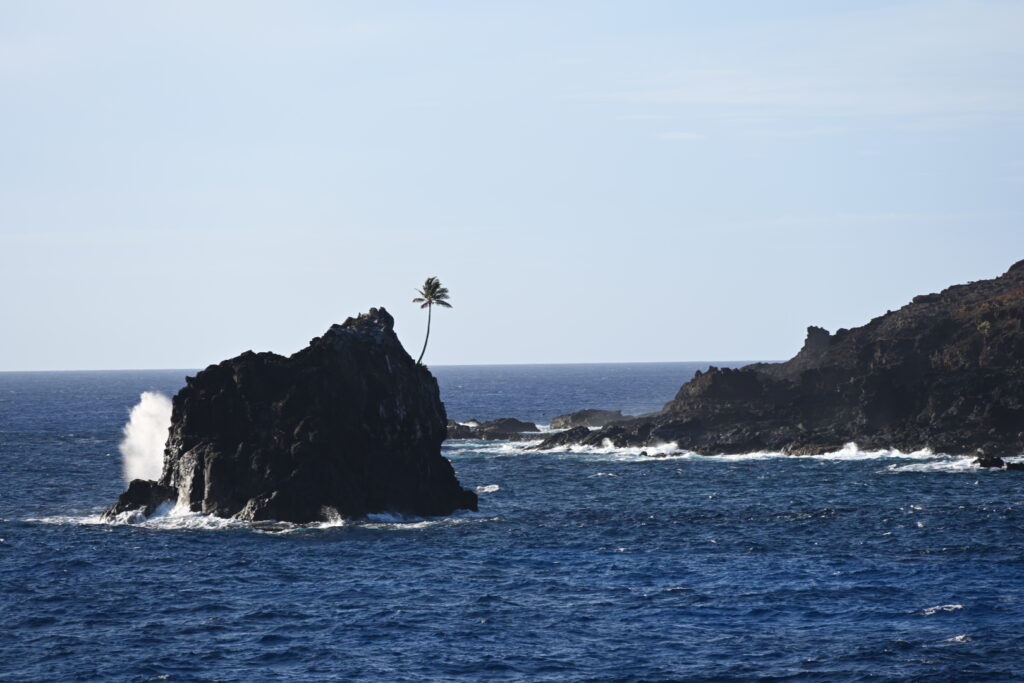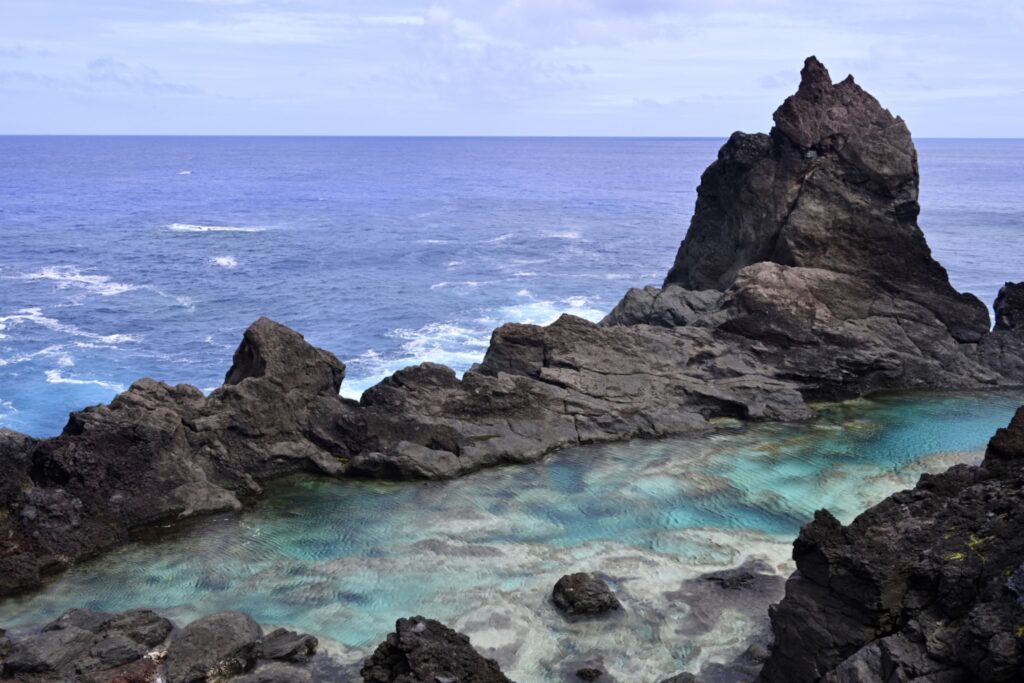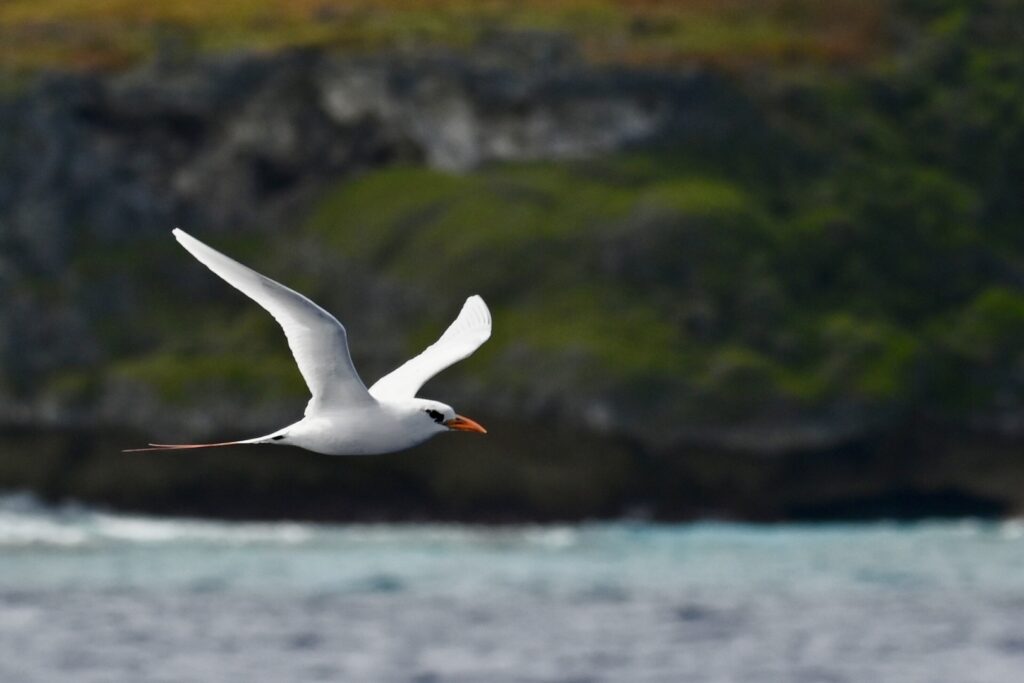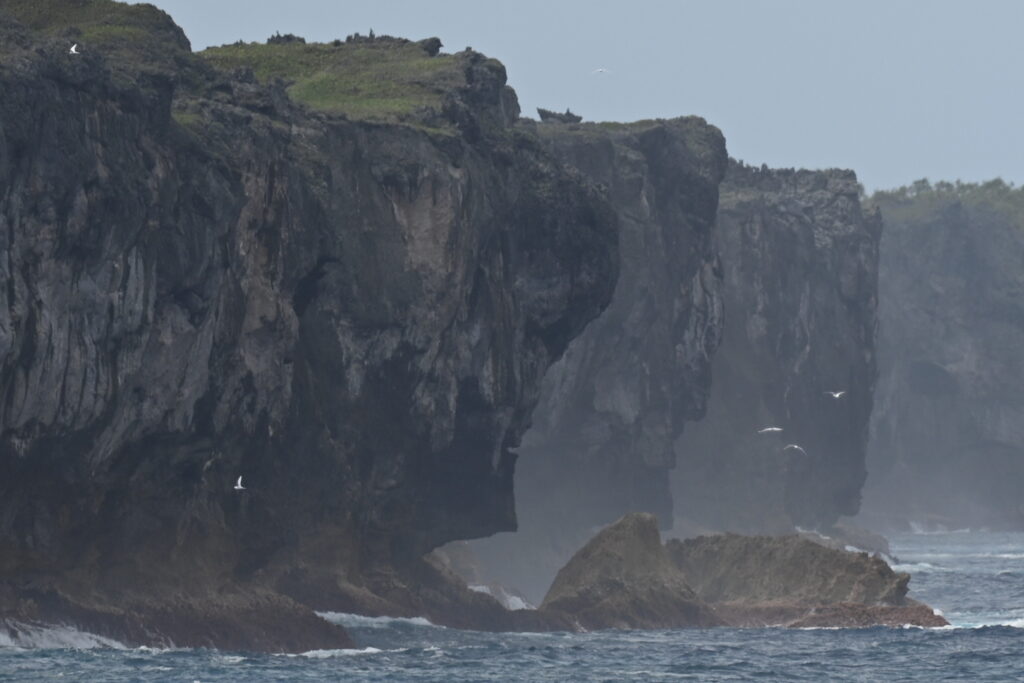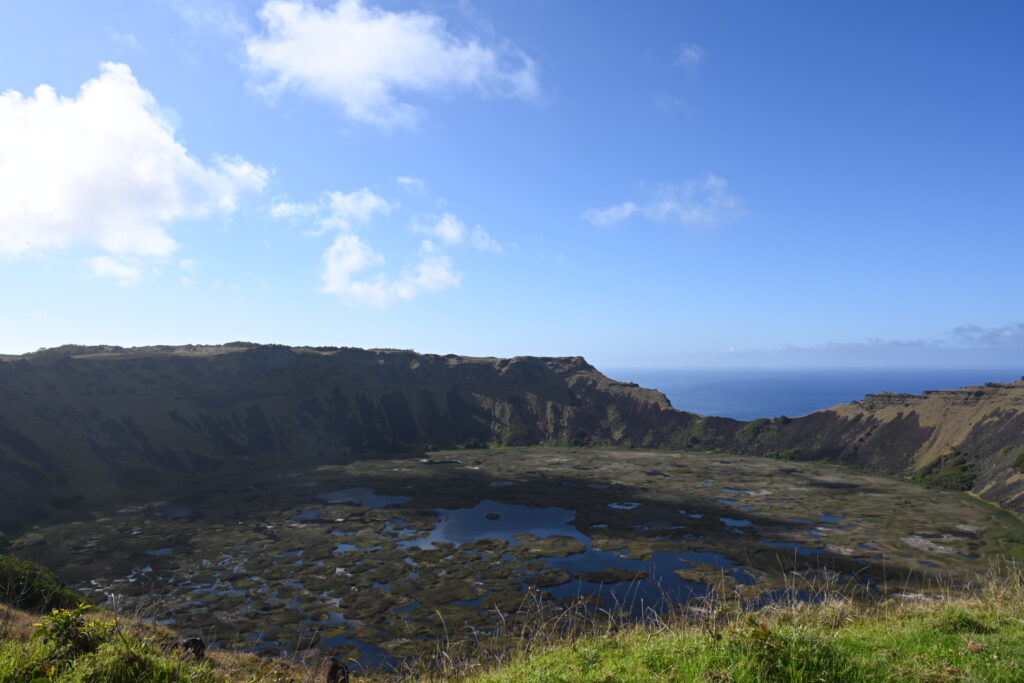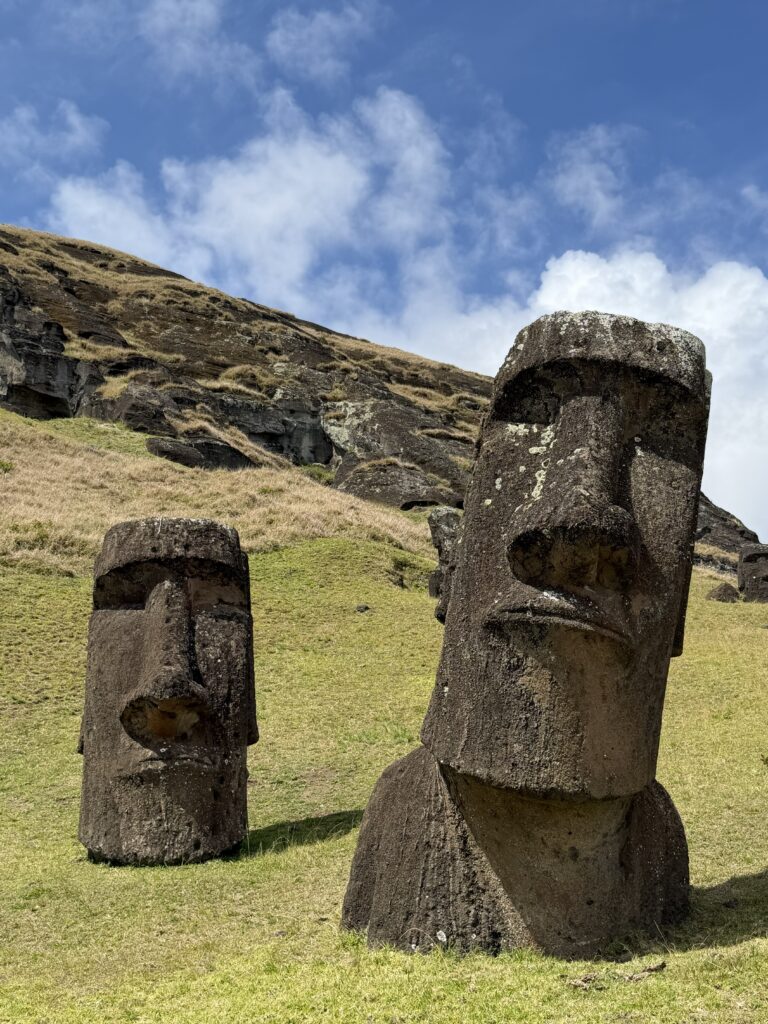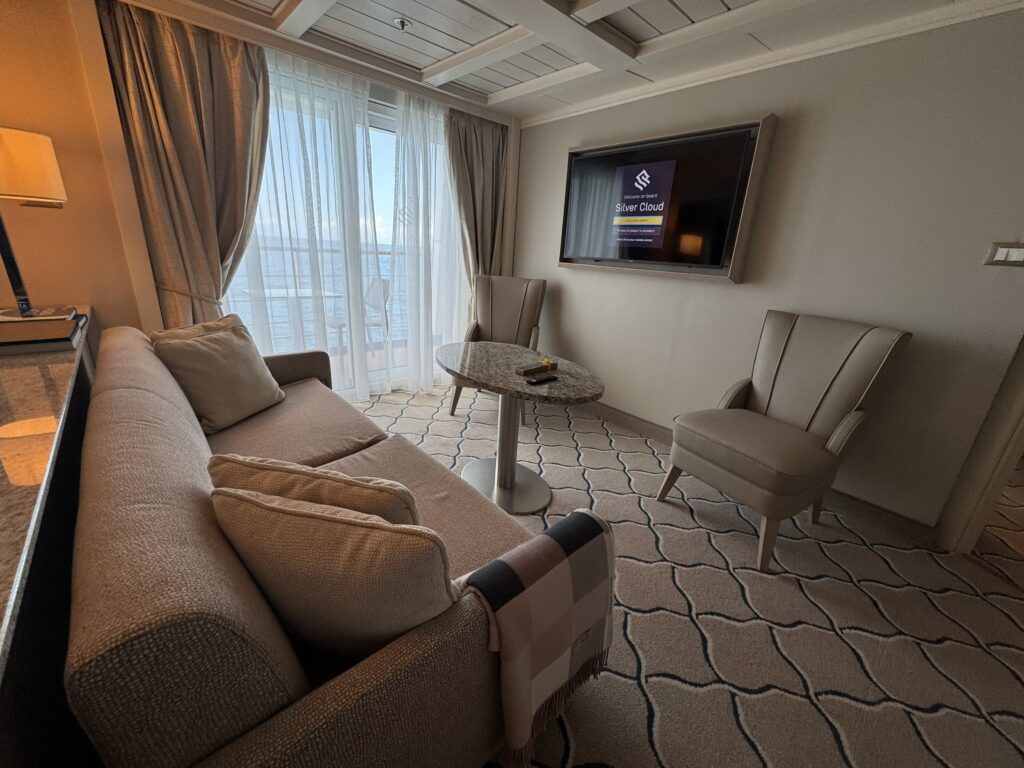We recently finished Silversea’s 23 day expedition cruise from Papeete, French Polynesia to Valparaiso – including stops in the Tuamotus, the Marquesas, Pitcairn Island, Rapa Nui (Easter Island), and the Juan Fernández Islands (Robinson Crusoe Island).
For those less familiar with expedition cruising, these trips are typically done on smaller vessels (50 to 300 passengers) and involve remote, active destinations that are accessed via zodiac rigid inflatable boats. Many luxury-oriented travellers will go on an expedition cruise when visiting destinations like Antarctica or Galapagos.
This is our fourth round of expedition cruises – we previously visited the British Isles, Iceland and Greenland; the Galapagos; and Antarctica with a Cape-to-Cape crossing from Chile to South Africa.
Prices vary drastically for expedition cruises. Short Antarctic cruises on the Silver Endeavour often top USD$3,000 per person per day. Ours was one of the more economical cruises at roughly USD$500 per person per day for a veranda cabin – including a seldom-offered 10% onboard booking discount.
This cruise far exceeded our expectations. From snorkelling with manta rays to hiking the hills of Pitcairn Island – where Polynesians and the mutineers from the Bounty settled – the excursions were much more diverse and involved than we’d imagined. Other highlights included an in-depth tour of the moai of Rapa Nui and kayaking at Alexander Selkirk Island.
We were also pleasantly surprised by the amount of wildlife we saw, including humpback whales, dolphins, Juan Fernández fur seals and some very rare birds, including the Nuka Hiva Imperial pigeon and the Juan Fernández firecrown hummingbird. The expedition staff ran frequent recaps and “precaps” that helped us know what to expect on each landing.
The on-ship activities were very well done. While there weren’t quite as many workshops and parties as our Cape-to-Cape cruise – which had both a writer and a painter as part of the expedition team – there was still an absolute ton to do on a small ship. We particularly enjoyed the boat-building competition – with ships tested in the Cloud’s pool – and trivia is a perennial favourite.
We were also very fortunate in terms of the sea state. We had almost imperceptible swells for most of the trip, and even when they did build to 4 metres (12 feet) the period and direction was such that you hardly noticed. They never even had to drain the pool!
With all that said, there are several stand-out reasons for why one might (or might not) want to book this kind of itinerary on the Silver Cloud:
Pros:
– Silversea has an excellent expedition team. Not only do they handle all the logistics of getting you ashore and running most of the excursions, they also offered a huge range of enrichment lectures and ran wildlife watch out on deck. I particularly enjoyed one workshop in which we were given a list of survival equipment and asked to prioritize from most to least important. Safety is also a huge priority for Silversea, and they have had fewer major accidents and fatalities than Viking, Atlas, Scenic, Quark and other competitors.
– Captain Freddie Ligthelm is a phenomenal captain. Expedition buffs and historians might recognize him as the captain of the SA Agulhas II for the expedition that located Ernest Shackleton’s Endurance at the bottom of the Weddell Sea. He has not yet missed a landing at Pitcairn Island – an island that typically only sees 10 cruise ships a year, only 4 of which are able to land.
– The crew really is exceptional. Several of them recognized us from our initial cruise in 2023, and it took only a day or so for them to learn our names and preferences. Our butler and stateroom attendant were particularly stellar, learning our schedule and often servicing our suite with very little notice. It felt like they were always asking what else they could do to improve our trip.
Cons:
– There’s no denying that the Silver Cloud and Silver Wind are both aging ships. They are mostly kept in excellent repair, but there are still parts of the ship with an occasional ‘sewer’ smell. This is less pronounced on tropical itineraries, however, where the doors are often opened.
– Local tour providers can be hit-and-miss. The local snorkelling guides in Rangiroa were feeding bread to the fish, which can harm both the fish and the reef itself. But they are the only show in town, so that limits Silversea’s options. (Future versions of this itinerary appear to be skipping Rangiroa.)
– You are in ‘expedition territory’ – there are no guarantees that you will make a particular landing. With this kind of a cruise, that could mean that you end up with 7 or 8 uninterrupted sea days – particularly if you miss Pitcairn Island, a notoriously difficult harbour.
Tips:
– Silversea will send out upgrade offers a few weeks in advance. However, you can also inquire about upgrades after boarding. We were able to move into the Owner Suite (and a connecting stateroom) for substantially less than the pre-boarding upgrade cost.
– Invite the expedition guides out to dinner! They have great stories and travel advice, and they typically quite appreciate the opportunity to dine at other venues – particularly the Italian specialty restaurant La Terrazza.
– These kinds of extended cruises are a great time to learn photography, particularly with DSLR or mirrorless cameras. Silversea Expedition ships have a ship’s photographer that is available for individual lessons or a full masterclass. I booked a masterclass on a previous cruise and it made a massive difference in my photography skills.
Overall, we’re very glad to see these kinds of new expedition itineraries being offered by Silversea. We’re particularly looking forward to their upcoming expeditions between Japan and Australia in 2027.


